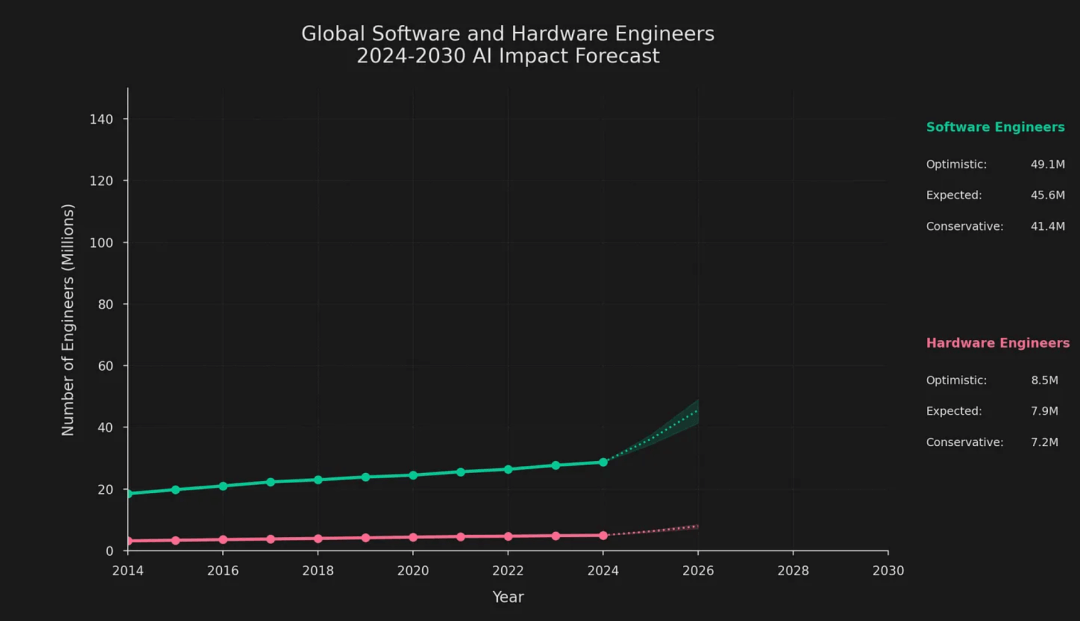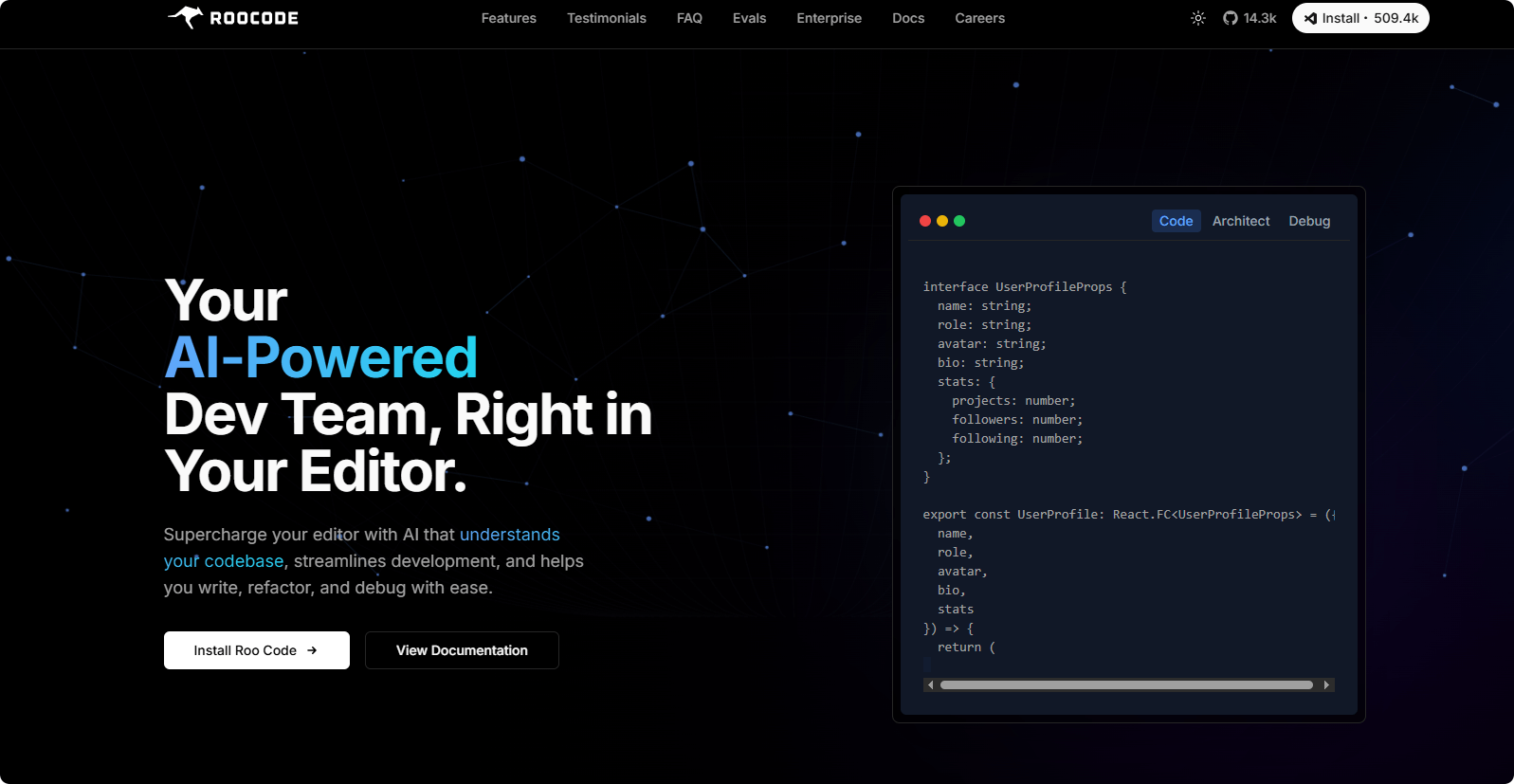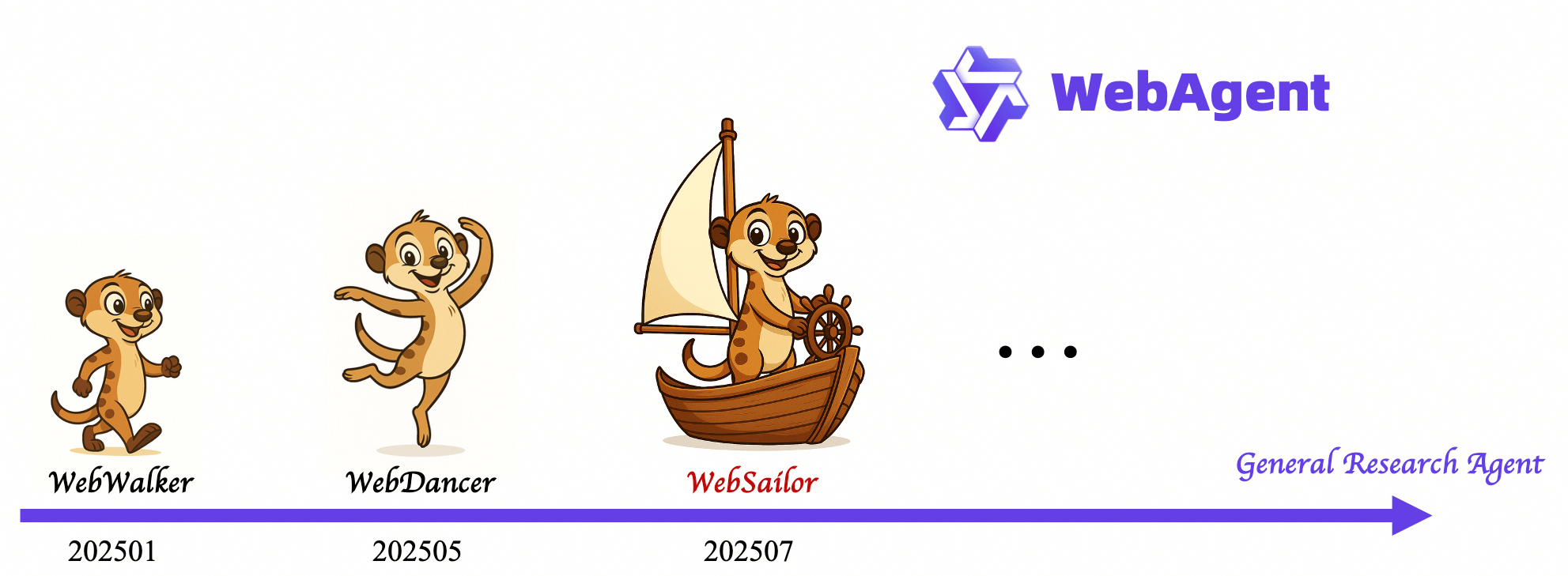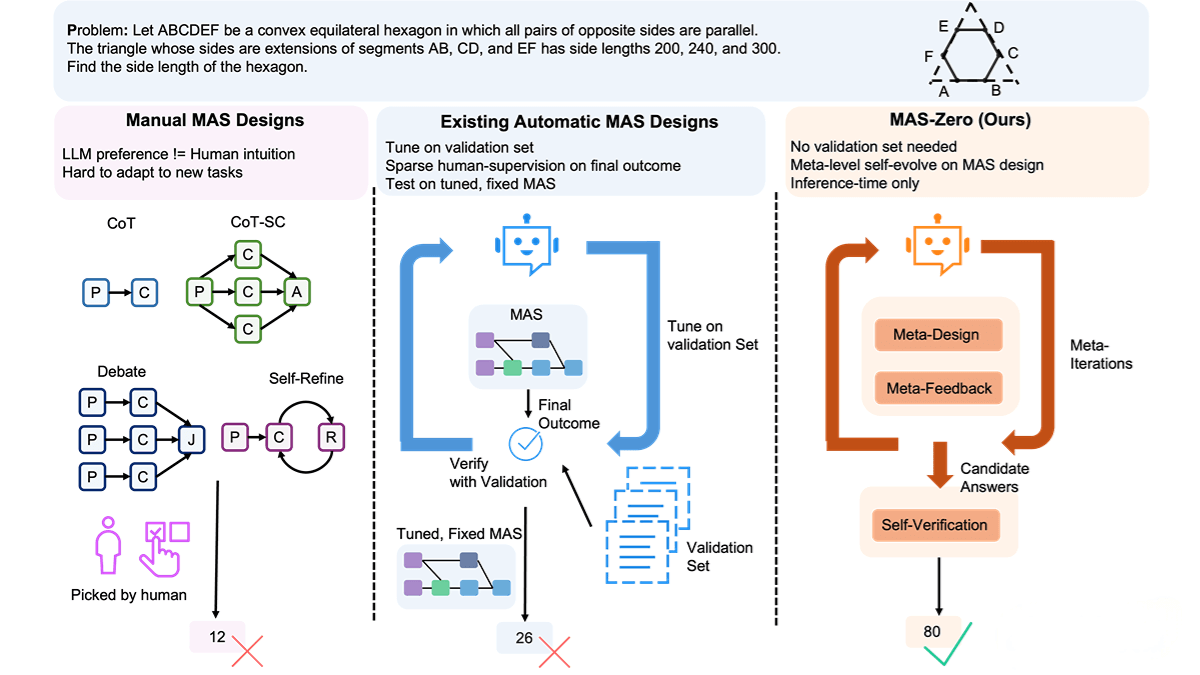💡 What is Memex?
Memex is an AI-native desktop application that enables users to build software through conversational interaction. Dubbed “The Everything Builder,” Memex allows you to create web apps, data pipelines, 3D designs, native applications, and more—all without writing a single line of code. By leveraging natural language processing, Memex translates your ideas into functional software, bridging the gap between conceptualization and realization.

🚀 Key Features
-
Conversational Development: Describe your project in plain English, and Memex handles the rest—from planning and coding to deployment.
-
Versatile Tech Stack Support: Compatible with any programming language and tech stack, offering unparalleled flexibility.
-
Integrated Research Capabilities: Conduct web searches, analyze data, and generate visualizations within the same platform.
-
Desktop-Centric Operation: Operates directly from your desktop, ensuring seamless integration with your local files, applications, APIs, cloud resources, and databases.
-
Autonomous Execution: Memex can autonomously search, execute commands, write code, and run programs, providing step-by-step guidance when manual intervention is required.
🧠 Technical Foundations
Memex’s architecture is built upon advanced AI technologies:
-
Natural Language Processing (NLP): Interprets user input to understand intent and context.
-
Machine Learning Models: Generates and refines code based on best practices and user feedback.
-
Contextual Awareness: Maintains an understanding of your project’s state to provide relevant suggestions and actions.
-
Secure Local Integration: Ensures that your data and operations remain secure by operating directly on your desktop environment.
🔗 Project Links
-
Official Website: https://memex.tech
-
Blog: https://memex.tech/blog
🎯 Use Cases
-
Product Development: Quickly prototype and build applications without the need for a dedicated development team.
-
Data Analysis: Conduct complex data analysis and visualization tasks through simple conversational commands.
-
3D Design: Create and modify 3D models for printing or digital use without specialized software knowledge.
-
Educational Tools: Develop interactive educational applications tailored to specific learning objectives.
-
Business Automation: Streamline internal processes by building custom tools that automate repetitive tasks.
Related Posts




